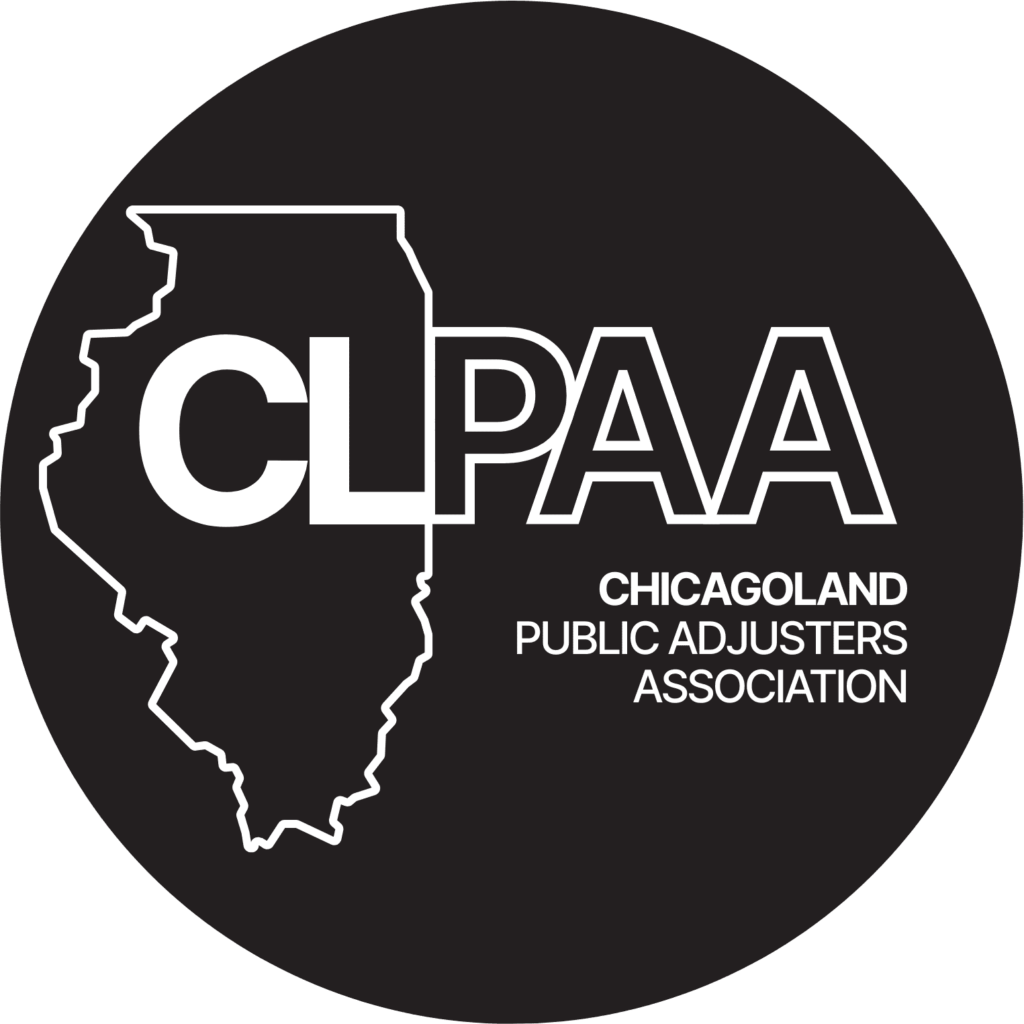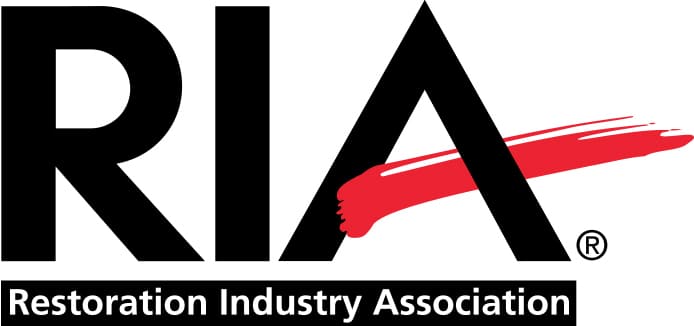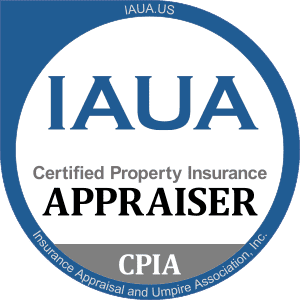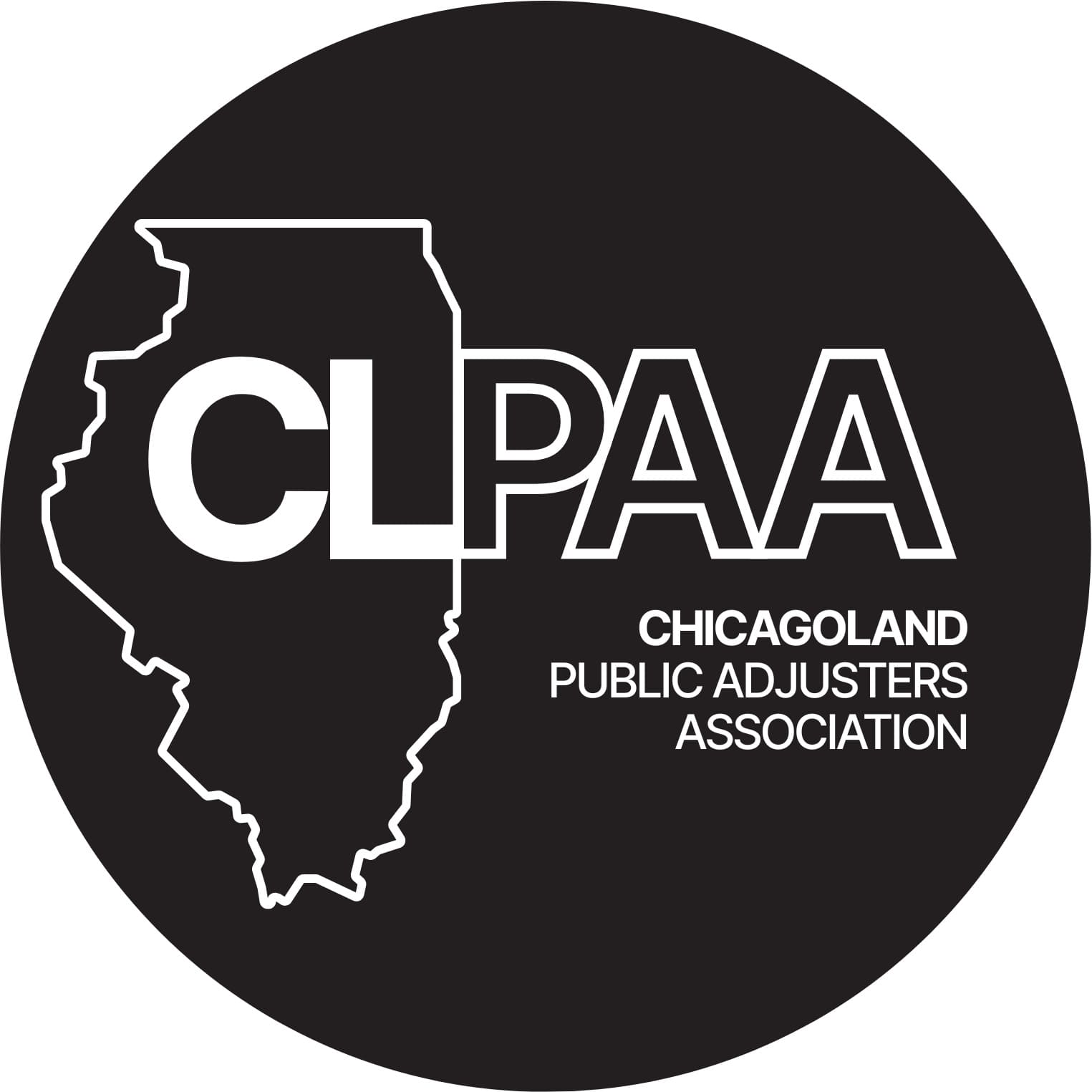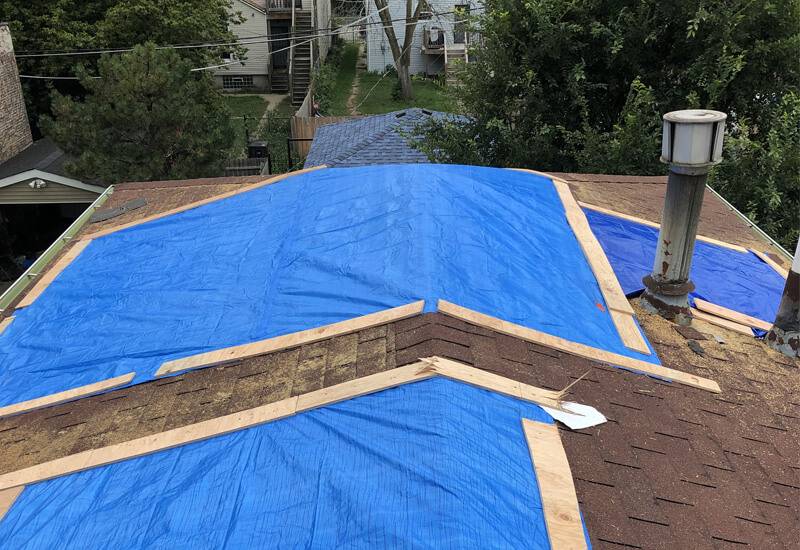
If you’ve experienced water damage to your home or commercial property, On-Site Adjusting can help. Our team of expert water damage claims adjusters & contractors are qualified to negotiate with the insurance company. We also aim for a payout that will restore your property to pre-disaster condition or better. This ensures that your insurer pays for your water damage restoration.
Keep reading below to learn more about the different kinds of water damage and our process for repairs. In this article, we’ll also discuss how we can assist with filing a water damage insurance claim. Furthermore, we will explain how your provider can help cover repair costs.
What IS Water Damage?
Water damage is damage to your home that an excess of water causes. This excess water is usually due to events such as a storm, flood, or burst pipe. Water can damage the structure or contents of your home in many ways. For instance, it can cause wood to rot and steel to rust. It can also provide the ideal conditions for mold and bacterial growth. Furthermore, water can lead to the delamination of materials.
You should not ignore or put off water damage. Without a prompt response, problems like mold or bacterial growth can present severe biohazards to occupants. Additionally, swelling or rotting wood can eventually result in structural collapse.
If you’ve experienced water damage to your property, call a claims and restoration company that specializes in water damage. On-Site Adjusting is a great choice due to our experience and expertise. The company will first inspect the affected areas. By doing so, they’ll be able to gauge the severity of the damage. They will also draft an efficient plan for repairs.
How Does The Water Damage Restoration Process Work?
Mitigation
Sometimes, you may be unaware of the source of the water damage. Therefore, locating the source is the first step in the restoration process. Water damage restoration specialists have infrared equipment and probes that can identify the flood source and areas of impact.
Once they have discovered the source, they make emergency mitigation services a top priority. This involves controlling the source of water, removing destroyed contents/materials, and extracting excess water.
Then, the next steps are cleaning and drying the home’s contents. Flood cleanup can involve a wide variety of materials depending on the source and nature of the flood. For example, if a sewer backup and overflow causes a flood, it will require specific chemicals and cleaning protocols. This is in contrast to storm-related flooding.
During the cleaning and drying process, professionals will inspect the property to create a plan for further restoration work. This may include replacing destabilized or warped wood beams and refinishing countertops. They may also send electronics and appliances to an offsite restoration center.
Negotiation
After mitigating the water damage, the public adjuster will assess your property. They do this in order to negotiate the loss and maximize your insurance payout. On-Site Adjusting is qualified to assist with the different types of claims process. They will settle the claim before starting the construction. This is to make sure you receive the proper amount of money from the insurance company.
Restoration
Finally, when the bulk of restoration work is complete, professionals will leave drying equipment in the residence. Some examples of drying equipment include air movers, scrubbers, and dehumidifiers. The goal of the drying process is to reduce the moisture content of impacted materials to 15% or less. Doing so will prevent bacteria and mold growth.

DOES HOME INSURANCE COVER WATER DAMAGE?
All home insurance policies are different. However, it’s probably safe to bet that your provider offers some kind of water damage protection. Typically, home insurance covers:
- Sudden or accidental water discharge
- Storm-related water damage
Surprisingly, most standard homeowner’s insurance policies don’t cover the flooding that severe weather events outside your home cause. If you want flood coverage, you’ll need to purchase flooding home insurance separately.
Additionally, most home insurance policies don’t cover water damage due to sewer backup or overflow. Typically, this coverage is available as an add-on for your standard insurance policy.
If you’re unsure whether your water damage is covered by your insurance provider, give us a call. We’ll read through the details of your insurance policy together. If you do qualify for a settlement, we’ll help file and negotiate your water damage insurance claim. This negotiation will ensure you receive the highest possible reimbursement. Finally, we’ll get the work done to restore your property back to normal!

